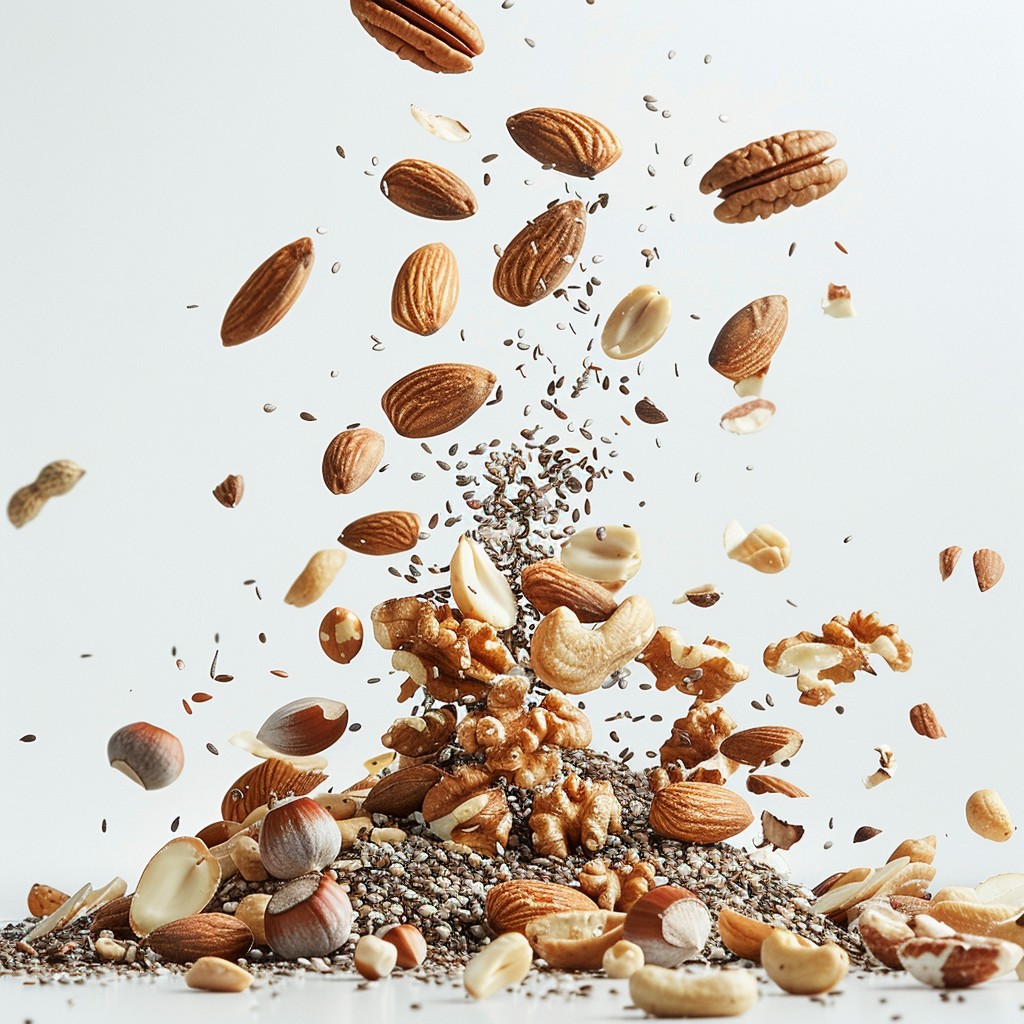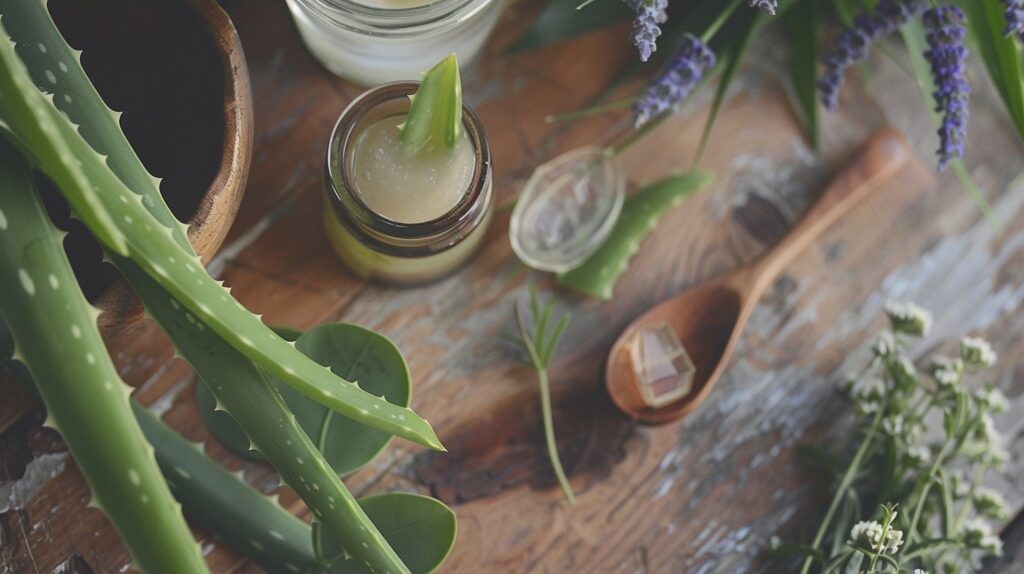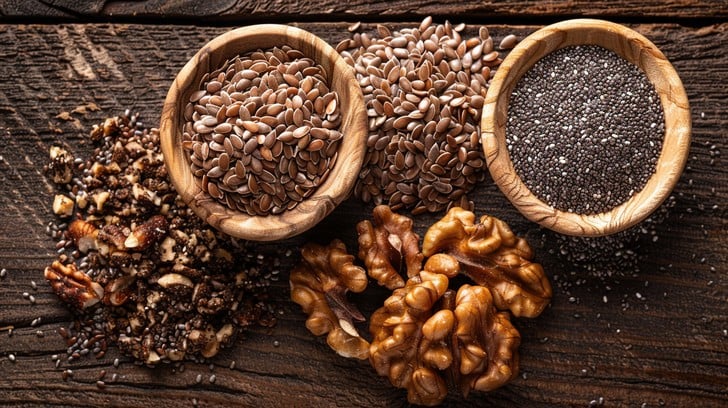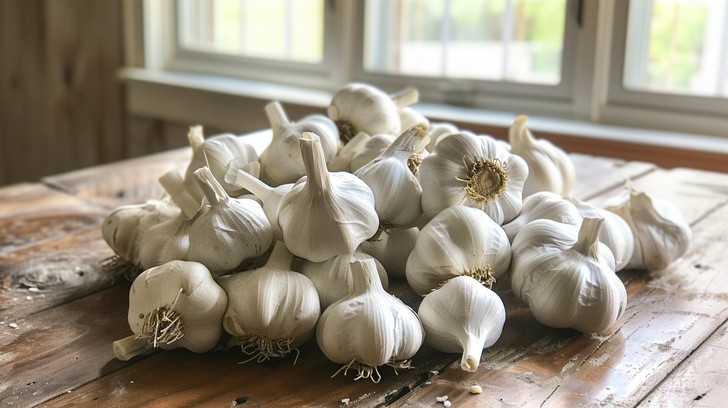Knee Pain: Causes, Treatment Options, and Exercises for Relief
Knee pain is a common issue that affects people of all ages. Whether it’s caused by an injury, arthritis, or strain, knee pain can significantly impact daily life. This blog covers everything from the causes of knee pain, treatment options, exercises for relief, and natural remedies to help you manage and alleviate your discomfort.
What Causes Knee Pain?
Knee pain can result from various factors, ranging from overuse to more severe underlying conditions. Here are some of the most common causes:
- Arthritis: Osteoarthritis is one of the most common causes of knee pain, especially in older adults. This condition involves the wearing down of cartilage, leading to stiffness and pain in the knee joints.
- Knee Injuries: Torn ligaments (ACL, MCL), fractures, or meniscus tears can cause severe knee pain. These injuries are often a result of sports or accidents and may require medical intervention.
- Tendinitis: Inflammation in the tendons around the knee, particularly the patellar tendon, can cause pain during physical activity such as running or jumping.
- Bursitis: Inflammation of the small fluid sacs (bursae) that cushion the knee joint can lead to discomfort and swelling.
- Obesity: Excess weight puts additional pressure on your knees, leading to pain and increasing the risk of conditions like osteoarthritis.
- Gout and Pseudogout: These are forms of arthritis caused by a buildup of uric acid crystals (gout) or calcium deposits (pseudogout) in the joints, leading to sudden and severe knee pain.
Symptoms of Knee Pain
The symptoms of knee pain can vary depending on the underlying cause. Common symptoms include:
- Swelling and stiffness in the knee
- Difficulty in bending or straightening the knee
- A popping or crunching sound during movement
- Weakness or instability in the knee
- Pain during activities like walking, climbing stairs, or sitting for long periods
Treatment Options for Knee Pain
Knee pain treatments depend on the severity and cause of the pain. Here are some of the most effective treatment options available:
1. Medications for Knee Pain Relief
- Pain Relievers: Over-the-counter pain medications like ibuprofen or acetaminophen can help reduce inflammation and alleviate pain.
- Corticosteroid Injections: For more severe cases, doctors may recommend steroid injections directly into the knee to reduce pain and inflammation.
- Hyaluronic Acid Injections: This treatment involves injecting hyaluronic acid to lubricate the knee joint and reduce pain caused by osteoarthritis.
2. Physical Therapy
- Exercise Therapy: A physical therapist can develop a personalized exercise plan to strengthen the muscles around the knee, improve flexibility, and reduce strain on the joint.
- Manual Therapy: Massage and manual manipulation of the knee can help improve mobility and decrease pain.
3. Knee Braces
- For individuals suffering from instability or arthritis, knee braces can provide extra support and reduce pressure on the knee joint during physical activity.
4. Surgical Options
- Arthroscopic Surgery: This minimally invasive procedure involves inserting a camera into the knee to remove or repair damaged tissue.
- Partial or Total Knee Replacement: In cases of severe arthritis or injury, knee replacement surgery may be necessary to improve mobility and reduce pain.
Natural Remedies for Knee Pain
Many individuals prefer natural remedies to manage knee pain without medication or surgery. Here are a few effective natural treatments:
1. Turmeric
Turmeric contains curcumin, a natural anti-inflammatory compound that can help reduce knee pain and inflammation. Taking turmeric supplements or adding it to your diet can help manage chronic knee pain.
2. Hot and Cold Therapy
- Cold Compress: Applying an ice pack to the knee for 15-20 minutes can reduce swelling and numb pain.
- Heat Therapy: Using a heating pad can help relax the muscles and increase blood flow to the affected area, reducing stiffness.
3. Apple Cider Vinegar
Some believe that apple cider vinegar helps reduce knee pain by breaking down toxins and balancing the pH levels in the body. You can take it diluted in water or apply it topically to the knee.
4. Weight Management
Maintaining a healthy weight is crucial for reducing the strain on your knees. Losing excess weight through diet and exercise can greatly improve knee pain over time.
Exercises for Knee Pain Relief
Regular exercise is essential for keeping your knees strong and flexible. Here are some effective exercises for knee pain relief:
1. Straight Leg Raises
- Lie on your back with one leg straight and the other bent.
- Lift the straight leg a few inches off the ground, hold for a few seconds, and slowly lower it back down.
- Repeat 10-15 times on each leg.
2. Hamstring Stretch
- Sit on the floor with one leg extended and the other bent inward.
- Reach forward towards your toes and hold the stretch for 20-30 seconds.
- Repeat on the other leg.
3. Wall Sits
- Stand with your back against a wall and slide down into a sitting position as if you’re in a chair.
- Hold this position for 20-30 seconds and then stand back up.
- Repeat 5-10 times.
4. Calf Raises
- Stand with your feet hip-width apart, and slowly rise onto your toes.
- Hold for a few seconds, then lower back down.
- Repeat 10-15 times.
5. Bridge Pose
- Lie on your back with your knees bent and feet flat on the ground.
- Lift your hips towards the ceiling, hold for a few seconds, and slowly lower your hips back down.
- Repeat 10-15 times.
Yoga for Knee Pain
Yoga is an excellent way to improve flexibility, strength, and balance, all of which are important for maintaining healthy knees. Here are some yoga poses that can help alleviate knee pain:
1. Vajrasana (Thunderbolt Pose)
This pose strengthens the muscles around the knees and helps improve flexibility in the joints. Sit on your knees with your legs folded underneath you and hold for a few minutes.
2. Bridge Pose (Setu Bandhasana)
This pose helps strengthen the lower back, glutes, and hamstrings, which provide support to the knees.
3. Child’s Pose (Balasana)
Child’s Pose is a gentle stretch that relieves tension in the back, hips, and knees, helping to ease pain and stiffness.
4. Warrior I (Virabhadrasana I)
This pose strengthens the legs, stretches the hips, and improves balance, all of which are beneficial for knee pain relief.
When to See a Doctor
If your knee pain persists for more than a few weeks or is accompanied by severe swelling, inability to bear weight, or significant instability, it’s important to consult a healthcare professional for further evaluation and treatment.
Conclusion
Knee pain can be debilitating, but with the right treatment and exercises, you can manage the discomfort and improve your quality of life. Whether you opt for medications, physical therapy, natural remedies, or yoga, it’s essential to find a plan that works for you. Be proactive about your knee health by incorporating regular exercise, maintaining a healthy weight, and seeking professional help when necessary.







